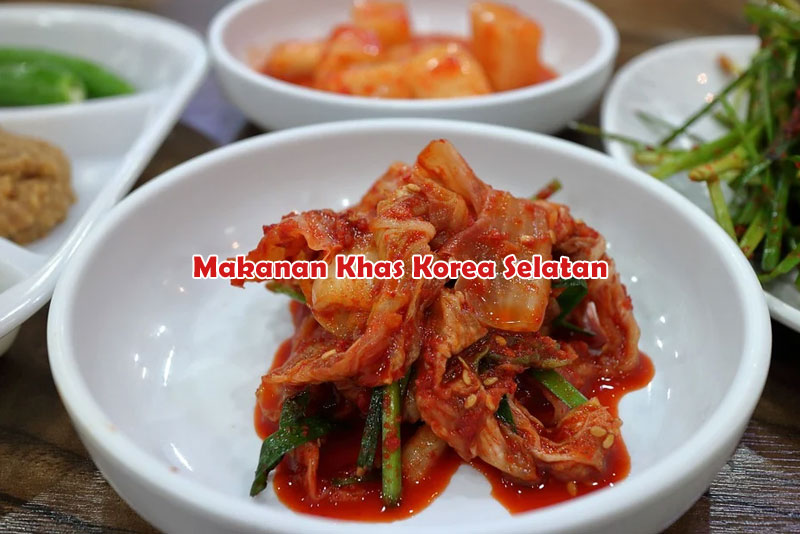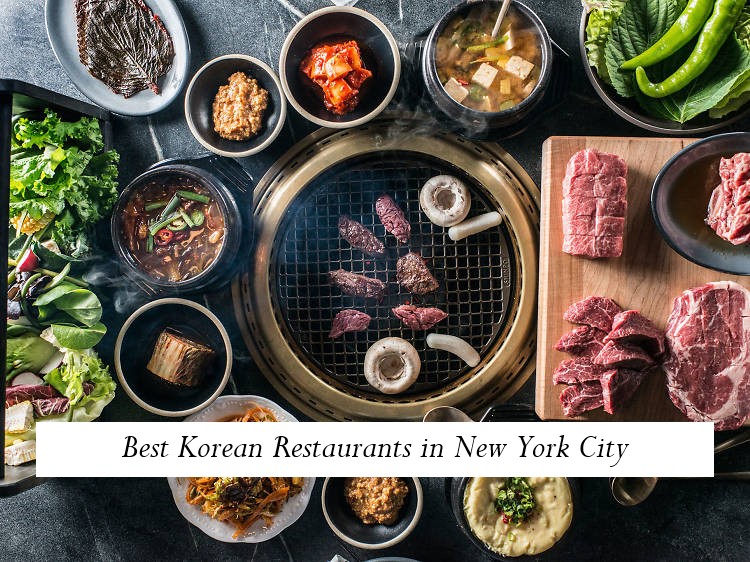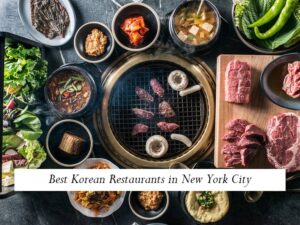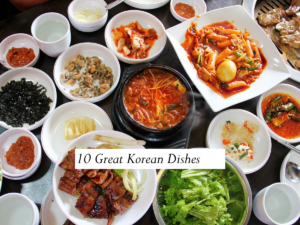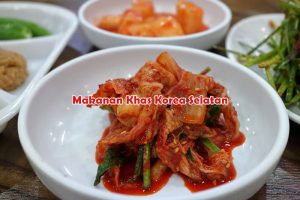
Baca Juga : https://prescottmediacenter.org/7-makanan-viral-di-tiktok-tahun-2022/
Semenjak revolusi industri hiburan Korea Selatan, belakangan ini kalangan masyarakat internasional dibanjiri segala jenis tontonan menarik dari Negara Gingseng, termasuk Indonesia. Sekarang ini, kita semakin mudah menjumpai produk hiburan Korea Selatan, mulai dari musik, film, drama, hingga makanan khas Korea.
Apalagi buat kamu yang suka nonton drama Korea, kamu pasti penasaran banget dengan beragam kuliner khas Korea yang sering ditampilkan dalam drama Korea. Apa aja sih makanan khas Korea yang nge-hits, enak dan wajib di coba para penggemar industri hiburan Korea? Berikut beberapa rekomendasi makanan khas Korea yang hits dan bisa kamu cicipi !
1. Kimchi
Makanan khas Korea yang hits dan enak yang bisa kamu coba adalah Kimchi. Makanan yang satu ini sangat digemari oleh masyarakat Korea dan sering banget muncul di berbagai drama Korea. Kimchi sendiri dibuat menggunakan sayuran yang di fermentasi dengan beraneka bumbu yang membuat kemudian memiliki rasa pedas dan asam.
Sayuran yang paling sering digunakan untuk membuat Kimchi adalah lobak, sawi, dan timun. Bumbu-bumbu yang digunakan terdiri dari bubuk cabai, bawang bombay, jahe, bawang putih, pasta udang, dan saus ikan.
Makanan khas Korea ini selalu dibuat dalam porsi besar, karena bisa tahan lama jika disimpan dengan baik. Kimchi juga bisa menjadi bahan dasar makanan khas korea lainnya seperti kimchijeon (pancake kimchi), kimchi jjigae (sup kimchi), atau kimchi bokkeumbap (nasi goreng kimchi).
2. Sannakji
Kalau kamu penggemar makanan ekstrim, kamu wajib cobain makanan khas Korea hits dan enak satu yang satu ini. Adalah Sannakji, hidangan yang dibuat dari potongan gurita hidup dan di cocol ke minyak wijen. Karena keekstriman makanan yang satu ini, beberapa orang Korea sendiri pun belum tentu bisa menghabiskan satu porsi hidangan ini.
Saat kamu memakan Sannakji kamu bisa merasakan potongan gurita menggeliat di dalam mulut. Jadi, kamu harus berhati hati yaa ketika mengkonsumsi makanan ini. Pastikan untuk mengunyah hingga halus agar potongan gurita tidak tersangkut di tenggorokan.
3. Samgyeopsal
Makanan khas Korea yang hits dan enak lainnya adalah Samgyeopsal. Samgyeopsal adalah potongan daging perut babi yang disantap dengan cara di BBQ. Daging perut babi yang tebal dan berlemak ini biasanya tidak diberi bumbu dan bisa langsung di panggang di atas alat pemanggang. Setelah daging matang barulah diberi bumbu pasta cabai.
4. Kimbab
Kalau negara Jepang memiliki kuliner khas Sushi, Korea juga punya hidangan yang hampir sama serupa bernama Kimbab. Kuliner khas Korea ini memiliki tampilan yang mirip seperti Sushi, namun memiliki isian yang beda.
Kimbab berisi nasi, potongan daging, ikan, sayuran, dan telur. Dalam proses pembuatan makanan khas Korea yang satu ini, isian yang telah di sebutkan sebelumnya, di gulung di atas satu lembar rumput laut. Kemudian dipotong menjadi 6-8 bagian. Sayuran yang biasa digunakan adalah timun, wortel, bayam, dan acar lobak.
5. Bibimbab
Rekomendasi makanan khas Korea selanjutnya ini bisa di katakan sebagai Nasi campur. Penyajian nya menggunakan mangkuk dengan susunan nasi hangat berada di paling bawah, kemudian ditambahkan berbagai macam sayur, lauk, telur, dan pasta cabai.
Untuk menikmati hidangan khas Korea ini. Kamu mengaduk semua mangkok hingga merata. Tampilan Bibimbab sendiri nantinya akan tampak mirip nasi goreng, hanya saja Bibimbab tidak di goreng.

